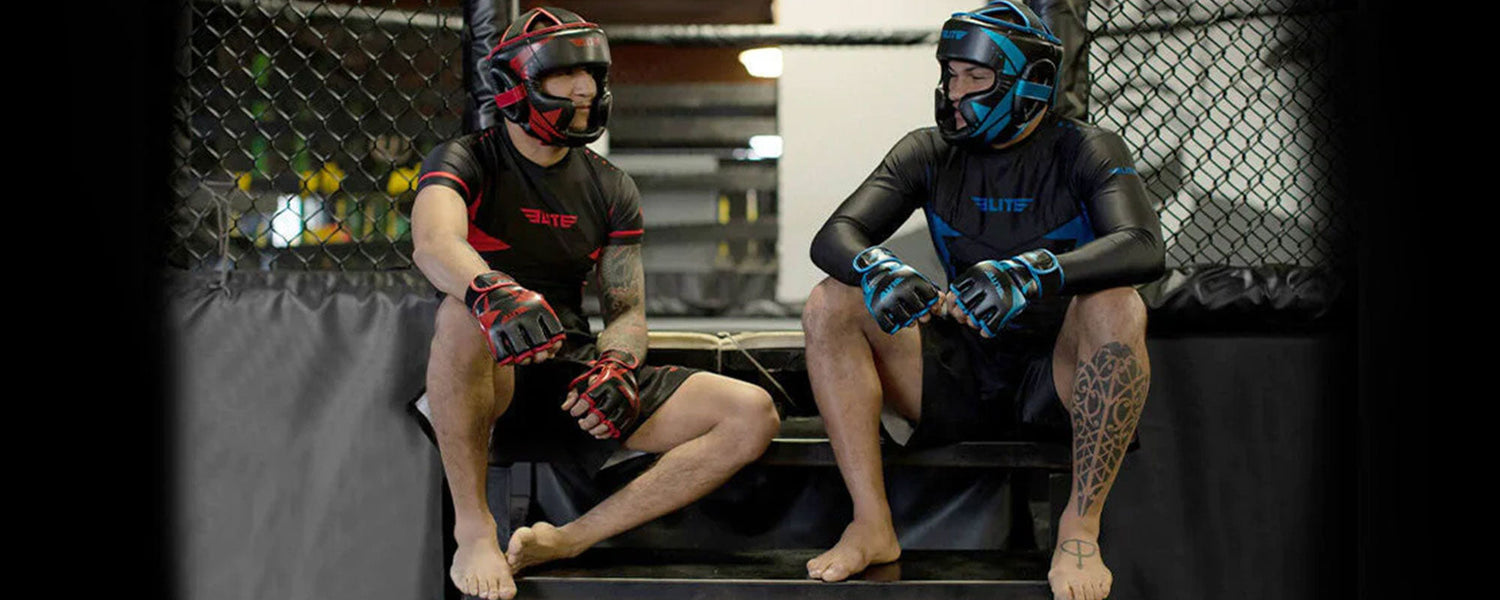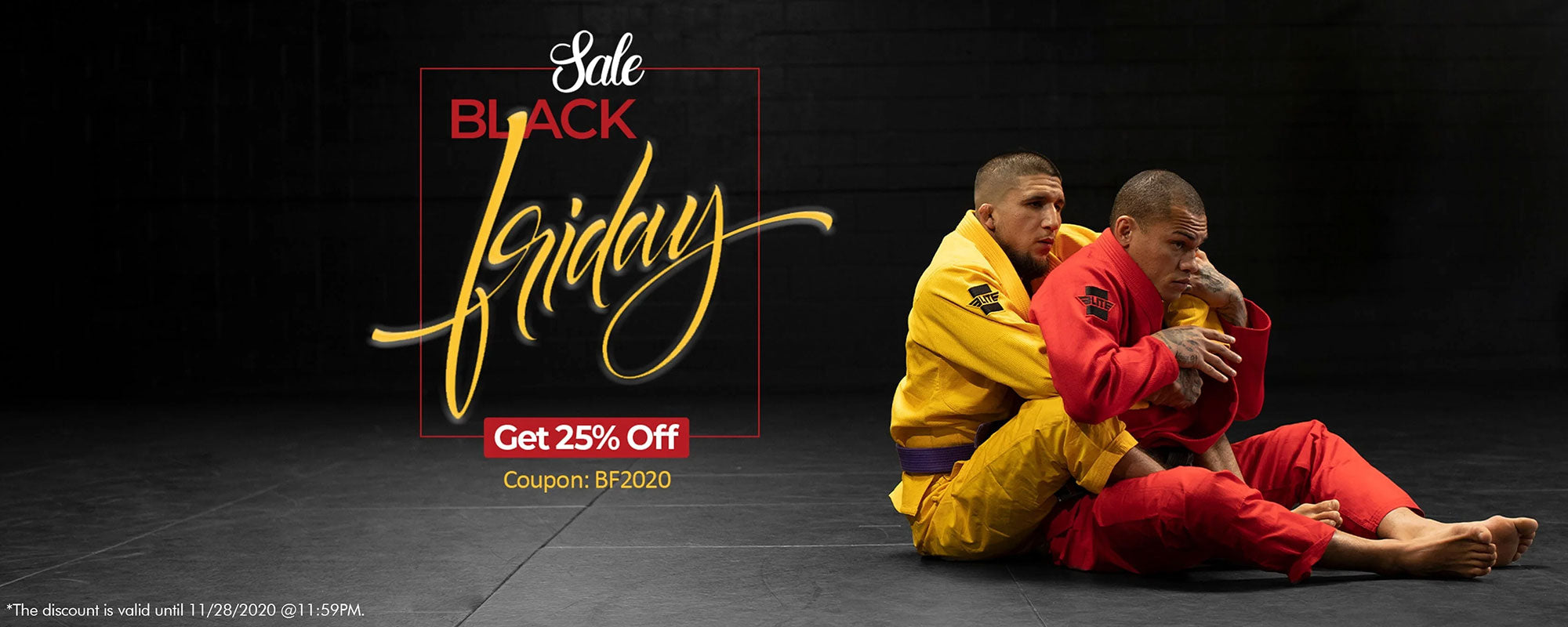Table of content
Warming up and cooling down for an intense workout like boxing is a necessity and they don’t take much of your time, yet a large number of people, unfortunately, skip it as a time saver with workouts. They think that this time that they will waste on warm-ups and cool down could be better spent actually boxing, this is certainly not the case. Getting your body ready for a training session is crucial for the best performance. A correct Warm Up and Cool Down routine in your Boxing Gloves is a sure way to wake up your body and get your workout started right. Additionally, it can improve performance both physically and mentally besides preventing injury.
The warm-up will help you focus you on the training session ahead and what you plan to work on specifically. Your arms can’t put out hard punches and your mind can’t focus if your body isn’t charged and made ready to move. This is why you should always start your boxing sessions off with a dynamic boxing warm-up to help you get the most out of the strenuous workout you are going to do. Here’s all you need to know about warming up and cooling down and why it’s necessary.
1. The benefits of warming up before a vigorous workout like boxing:
A proper boxing warm-up before you start training gets your body physically ready for the follow-up strenuous workout. It should last five to 10 minutes, should work all of the major muscle groups, and will vary according to the activity you want yourself to get prepared for. A good warm-up is very important because often, your extremities, like your hands and feet, don’t get as much blood flow as the rest of your body, making them colder, stiffer, and less agile.
For oxygenating all of your muscles, blood should be supplied throughout your entire body. Once your body is fully warmed-up you can easily and safely perform your workout and ensure proper flexibility and range of motion for your exercise routine. A warm-up reduces muscle strain as well as the likelihood of injury during your workout. Read this blog post to know how to choose the right kind of boxing gloves.
Here are the numerous benefits of warm-up discussed in detail.
1.1. Increased blood flow:
Increasing your blood flow is one of the main reasons experts recommend warm-up before boxing. More blood flow brings more oxygenated blood to areas of your body that don’t usually receive as much of it on a regular basis.
1.2. Raised core temperature:
As you do stretching and other types of warm-up exercises, you raise the core temperature that makes you sweat. Sweat isn’t the only indication that you are ready for your vigorous training, you will experience some internal effects too. Increasing this core temperature will assure you that your muscles and connective tissues are oxygenated enough to perform demanding movements.
1.3. Enhanced joint mobility:
In addition to raising your core temperature, pre-workout training also affects the mobility of your joints. A warm-up heats every part of your body up, and the raised temperature and blood throughout the body lubricates your joints and makes you more flexible, agile, and strong.
1.4. Mental preparation:
Warming up is a great way to spark mental awareness. Furthermore, when doing warm-up exercises, in addition to preparing your body, you are also making up your mind for your training session. Our mind usually keeps on thinking about all of the things we have to do, want to do, these things cause stress to overtake our thoughts. A warm-up is very important to ground yourself, to become present, and to get your mind on the same page as your body while you’re going through your exercises.
2. The best cardio exercises for boxing warm-up:
Although you can find many exercises that'll get you sufficiently "loosened up" to begin your boxing training, yet there are some tried and true exercises that are not only the favorites among boxers of all skill levels, but they're also directly applicable to the abilities and skills you'll need as a boxer. Here are some tried and tested exercises that we recommend:
2.1. Jump rope:
Jumping rope is a very simple and familiar exercise for most boxers. This exercise can raise your core temperature, elevate your heart and breathing rate, and make you ready for more strenuous boxing moves to follow. To do this exercise, put your feet together before progressing on to an alternating heel to toe action and running on the spot with high knees. Continue skipping rope for five to 10 minutes and finish off with two rope turns per jump. Then, move on to the next part of your warm-up.
2.2. Shadowboxing:
Shadowboxing is a way of engaging your body in the basic boxing-related moves for a short period of time. No other exercise can get your blood flowing to the muscles that you will actually use in the training as effectively as shadowboxing does. This is why trainers say that shadowboxing is an excellent way to warm-up your body. Even a three minute round of practicing these moves, moving around a hypothetical boxing ring, and dodging your body to avoid the strikes of your pretend opponent will work up a sweat.
Moreover, the other benefit of shadow boxing is that you’re actually exercising in a way that will boost your boxing training. Shadowboxing is the way to truly practice and refine your boxing techniques that will enhance your boxing abilities.
2.3. Strengthening and mobility exercises:
Light cardio is very useful to get the blood flowing and to increase your heart rate while strength exercises help to warm up the specific muscle groups that you plan on working. Including some lighter strength training drills in your warm-up routine will be highly beneficial for preparing yourself for the strenuous workout. Exercises like squats, lunges, glute bridges, and push-ups are very good options for strength training. You can do these exercises with light weights or just your bodyweight for 8-10 reps of 20 seconds each, doing 1-2 sets.
2.4. Dynamic stretching:
Once your body gets a little charged up with the above exercises, you can include some dynamic stretching in the mix. Dynamic stretching can include things like arms circles and swings, shoulder circles, neck mobility exercises, leg swings, and calf bounces. Do each exercise for 6-10 repetitions to yield the best results.
2.5. Pad work:
Finish off your boxing warm-up with pad work where you throw punching combinations into hook and jab pads held by your coach or sparring partner. Begin this warm-up by making light contact with the pad and gradually increase your power and speed. Depending on your fitness level, doing this warm-up for 3-6 minutes is enough.
3. Some well-known benefits of cool down:
After finishing a rigorous workout like boxing, you might be ready to hit the showers the second you are complete. A shower is also important but like a warm-up, cool down after a hard session is very important for keeping yourself fit and smart. The main purpose of cooling down is to assist in recovery and to gradually return the heart and the body to its normal resting level or pre-workout state.
Besides normalizing your heart rate, cool down helps breathing to gradually return to a state of rest. Additionally, these exercises will reduce soreness and stiffness of muscles and joints once you are done with your workout. Here are some benefits of cool down discussed in detail,
3.1. Allows heart rate to normalize:
Like many other forms of exercise, boxing causes your heart rate to increase. Because of the intensity level of boxing, training in boxing can increase your heart rate substantially. And at the conclusion of your training session, you want your heart rate to return to normal slowly. This helps you to avoid fatigue, lightheadedness, or a feeling of faintness.
3.2. Slows breathing:
At the end of your boxing session, it’s ideal to spend 10 minutes cooling down through a sequence of slow movements because when you perform different moves of boxing, it increases your heart rate and your breathing becomes deeper as well. This indicates you are working really hard and burning more calories with boxing. A good cool-down normalizes your breath so that it could return to the same rhythm it had before you started your workout.
3.3. Saves you from injuries:
A proper cool-down will help prevent muscle cramps while gradually slowing your breathing and heart rate. Additionally, it will incorporate stretching exercises to relax and lengthen muscles as well as improve your range of motion.
3.4. Improves relaxation:
One of the most important benefits of any workout is improved confidence. The cooldown time is ideal for you to reflect on your accomplishment and give yourself credit for the hard work you did during your boxing training. This feeling of accomplishment will promote a sense of relaxation and well-being and boost your motivation.
4. Some most effective cooldown exercises after boxing session:
When you have finished your last round in the ring, your training is not over. Rather you need to cool down your body through different cooldown exercises. There are a great many cool down exercises and for your convenience, we have run down some of the most effective cooldown exercises for boxing training.
4.1. Walking:
According to many studies, walking is the most effective cool-down exercise. Although it doesn’t matter what kind of workout you do, it is equally effective. Yet walking a few miles after an intense training of boxing always seems to be the best thing you have done post-workout. By walking we don’t mean power walking where you’re pumping your arms and legs. We are talking about a nice, leisurely stroll along the road or track. This leisure walk will allow everything to return to normal.
4.2. Stretching:
Stretching is another great and pretty easy way of cooling down your body. Stretch your legs, your chest, your arms, and your core because they were all involved in your training. For stretching your legs, do things like pulling your leg up behind you to stretch your hamstring or trying to touch your toes. To stretch your chest muscles, lace your fingers behind your back, straighten out your arms, and look at the ceiling. These steps are very effective for stretching your chest.
Stretching your arms has great significance because it helps get your shoulders and your arms loosened up. And in order to stretch your arms, cross your arm across your body, and stretch or place your hand on your back, it will help stretch the back of your arms as well. For stretching your core, do a popular yoga technique, get on your hands and knees then arch your back like a cat followed by bending it out like the letter C. This cool down exercise can help both your core and your back.
4.3. Swimming:
If you have access to a pool at your home or your gym, a quick dip in the pool can be the best and most relaxing cooldown. Swimming almost all the muscles that you worked during boxing, so swimming will help your muscles and body cool down in the most effective way. Additionally, besides doing swimming as a cool-down exercise, it would be a great time to spend in a nice pool after a long, arduous workout.
4.4. Dancing:
Dancing is a very beautiful exercise that everyone loves doing. It would be a great great way to cool down your muscles and normalize your heart. Once we are doing with a boxing session, we often feel tired and usually don’t have the strength and courage for a cooldown. Dancing would be the best choice for a cool down because it will motivate you to step up again. Also, dancing works your muscles and it’s pretty light exercise unless you’re a backup dancer in a pop star music video. Additionally, dancing is relaxing for your mind too.
4.5. Boxing:
Boxing is one of the most effective physical activities whether you want to learn some defensive skills or wish to lose some pounds very quickly. But as this is a very intensive workout, so a good warm-up and cooldown is a must for avoiding any injury and preparing yourself for that intensity or returning from a tough workout.




Leave a comment
This site is protected by hCaptcha and the hCaptcha Privacy Policy and Terms of Service apply.